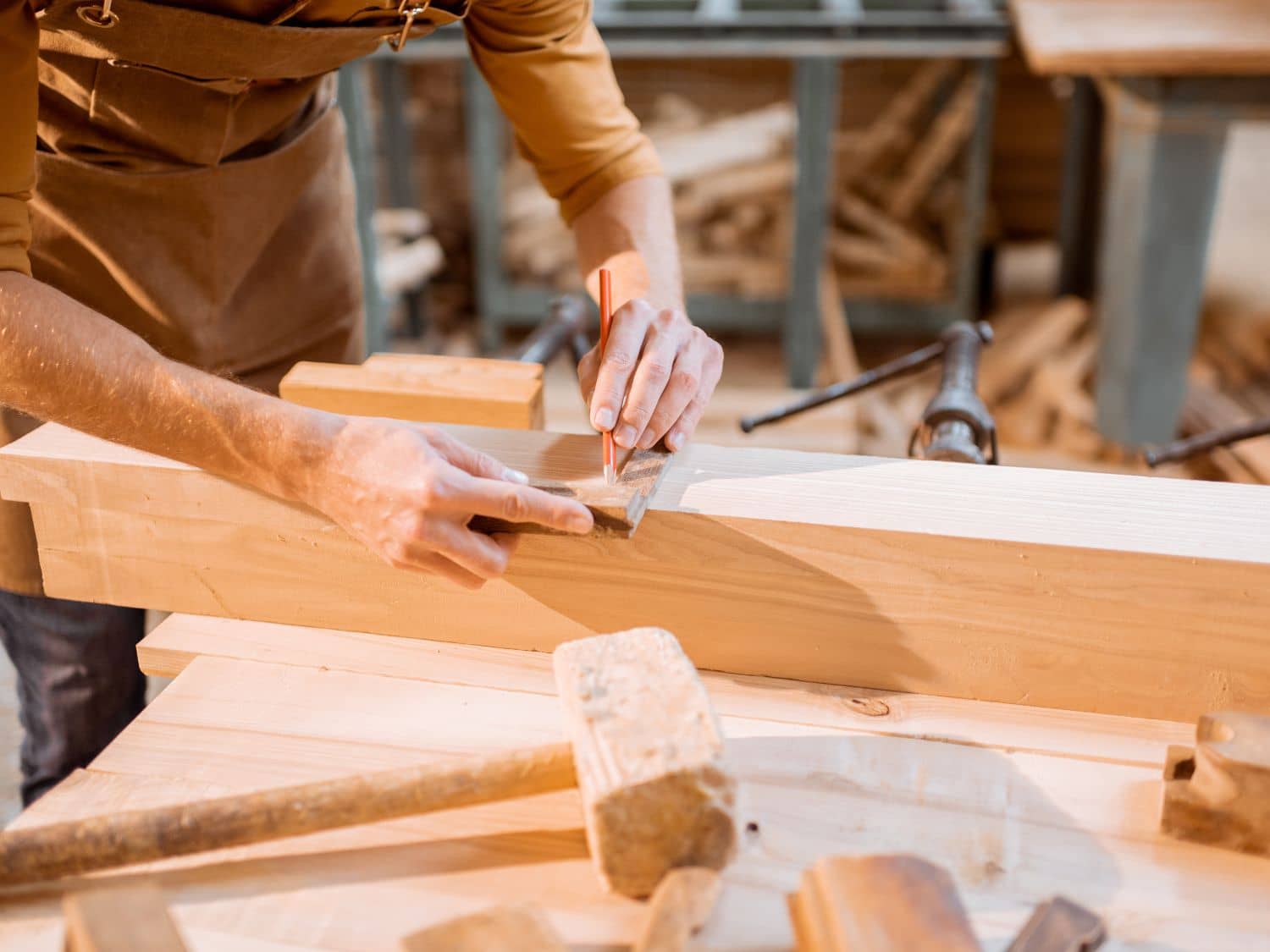Before diving into your next woodworking project, there are a few key things to keep in mind to ensure success. Here are some tips to help you get started:

1. Learn the basics of woodworking and safety
Woodworking can be a fascinating and rewarding craft, but it can also be dangerous if proper safety precautions are not taken. Before starting any project, it’s crucial to understand the basics of woodworking and safety. This means knowing how to handle tools properly, how to cut and shape wood, and how to maintain your equipment. Make sure to also invest in the right protective gear, such as safety goggles and gloves, to prevent accidents. With a little knowledge and a commitment to safety, you can start your project with confidence.
2. Research different types of wood
Choosing the right wood for your project can make all the difference in its quality and aesthetic appeal. Research different types of wood to understand their properties, strengths, and weaknesses. By doing so, you’ll be able to choose the most suitable wood for your needs and take the first step towards creating a unique masterpiece.
3. Make a list of tools and materials
Having the right tools and materials is crucial for any project. Before starting, make a list of everything you need to ensure success. From hammers and saws to paint brushes and canvases, each item has its role in bringing your vision to life. Taking the time to compile a list will save you the frustration of realizing halfway through that you’re missing a critical supply.
4. Measure twice, cut once
Precision and care are essential in woodworking. Make sure to measure twice before making any cuts to avoid mistakes that could result in a flawed product. Taking extra time to ensure accuracy will result in optimal results.
5. Sand down surfaces before staining or painting
For a smooth and professional-looking finish, sand down every surface before staining or painting. Take extra care with intricate details, as they can make or break the overall appearance of your piece.
6. Protect yourself with the proper gear
Protective gear like gloves and goggles are essential to prevent injury while working. Don’t underestimate the importance of this gear – it can make all the difference in keeping you safe and allowing you to continue the work you love.
